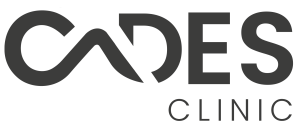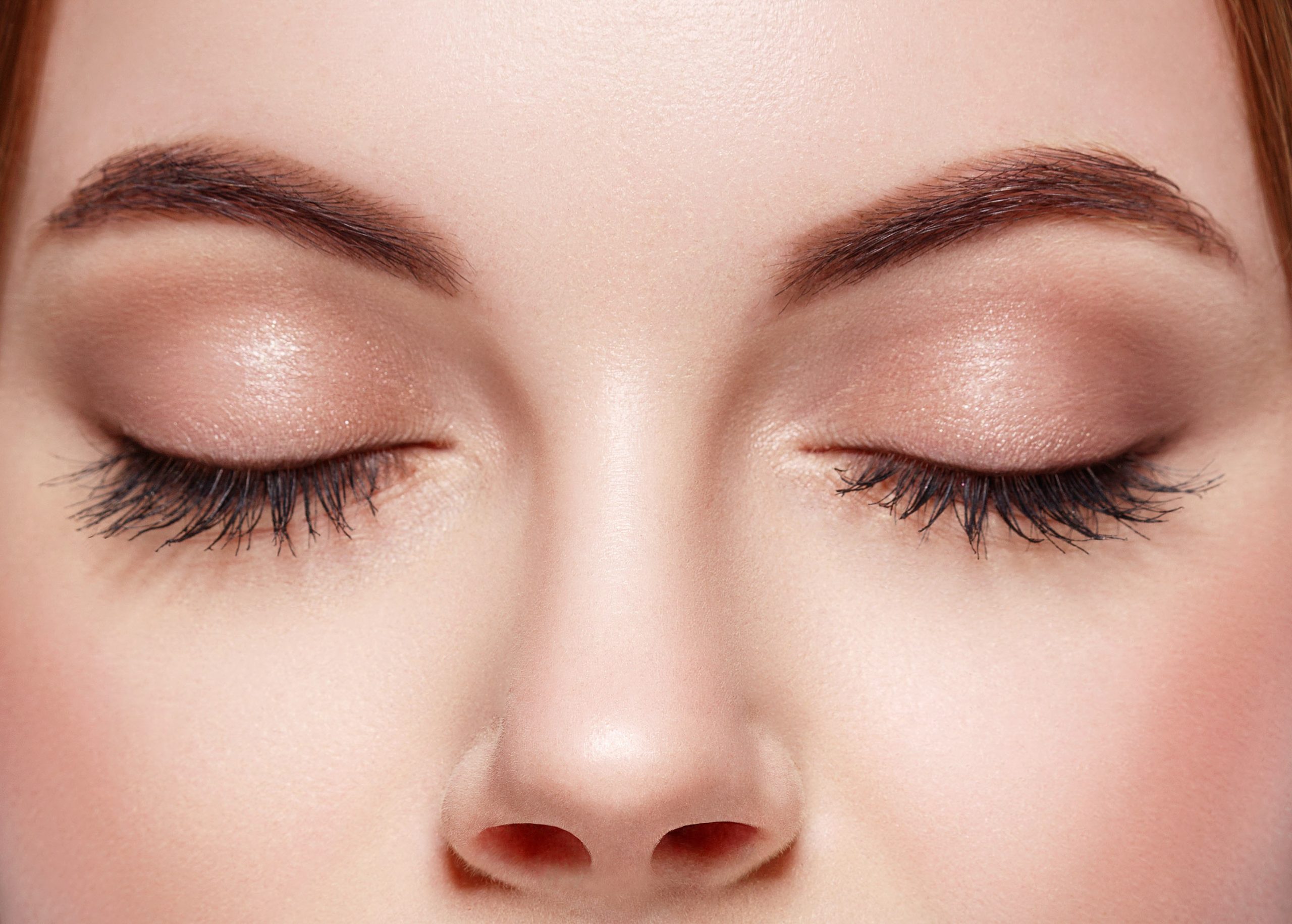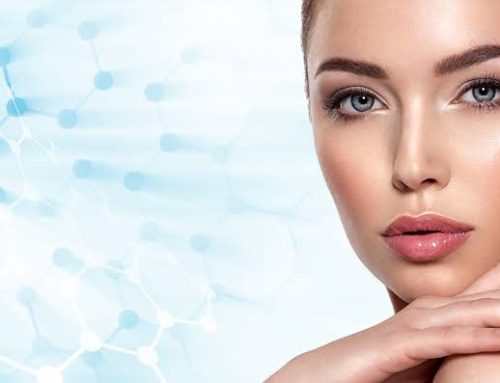Introduction
The eyes are often considered the windows to the soul, and the appearance of our eyebrows and eyelids can significantly affect our overall facial expression. When eyebrows start to droop, it can make us appear tired, older, and even affect our vision. Additionally, eyelid ptosis, a condition where the upper eyelids droop abnormally low, can impact both appearance and vision. In this comprehensive article, we will explore the various reasons for drooping eyebrows and eyelid ptosis, discuss non-surgical treatments for milder cases, and when surgical intervention becomes necessary. We will also examine the characteristics that make a person a good candidate for non-surgical or surgical solutions.
Why are my eyebrows sagging?
- Aging: The natural aging process often leads to sagging skin and muscle weakening, causing the eyebrows to droop.
- Genetics: Some individuals are genetically predisposed to have naturally low-set eyebrows, making them more prone to drooping as they age.
- Sun Damage: Prolonged sun exposure can lead to skin elasticity loss and the sagging of the eyebrows.
- Medical Conditions: Neurological conditions like myasthenia gravis and autoimmune diseases may result in eyebrow drooping.
- Excessive Botox or Fillers: Overuse of cosmetic injections can lead to muscle weakness, causing the eyebrows to droop.
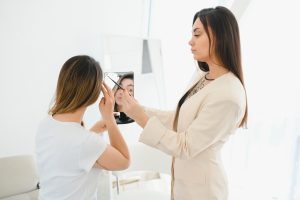
How to fix droopy eyebrows non-surgical?
Non-surgical options are suitable for individuals with mild to moderate eyebrow drooping, and they may include:
- Botox: Botox injections can be used to lift the eyebrows temporarily by relaxing the muscles that cause drooping.
- Dermal Fillers: Fillers can be strategically placed to create the appearance of a lifted brow by adding volume to the brow area.
- Ultherapy: Ultherapy uses ultrasound energy to tighten and lift the skin around the eyebrows and is an excellent option for mild sagging.
Non-Surgical Candidates:
- Those with mild to moderate eyebrow drooping.
- Individuals looking for temporary solutions.
- Those not ready for the downtime and recovery associated with surgery.
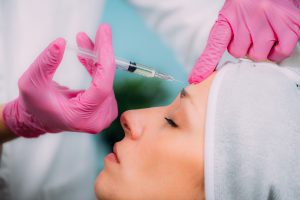
What is the surgery for droopy eyebrows?
Surgical intervention becomes necessary when non-surgical treatments are insufficient. The two primary surgical options for correcting drooping eyebrows are:
- Brow Lift (Browplasty): This procedure involves removing excess skin and lifting the eyebrows, resulting in a more youthful and refreshed appearance. It is a permanent solution for moderate to severe drooping.
- Forehead Lift (Coronal or Endoscopic): A forehead lift repositions the entire forehead and brow complex, addressing significant sagging.
- Eyelid Ptosis Surgery: For eyelid ptosis, a surgical procedure specifically targeting the eyelids may be necessary to lift the upper eyelids to a more functional and aesthetically pleasing position.

Surgical Candidates:
- Those with significant eyebrow drooping that impairs vision or affects their appearance.
- Individuals seeking long-lasting results.
- People who are willing to undergo a surgical procedure and its associated recovery period.
Conclusion
Drooping eyebrows and eyelid ptosis can have a profound impact on our facial appearance, self-confidence, and vision. The appropriate treatment, whether non-surgical or surgical, depends on the severity of the condition and the individual’s goals. Non-surgical treatments are ideal for those with milder cases, offering temporary results and minimal downtime. In contrast, surgical solutions provide a permanent fix for moderate to severe eyebrow drooping and eyelid ptosis and are suited for those willing to invest in a longer-lasting transformation. Regardless of the chosen method, consulting with a board-certified plastic surgeon or ophthalmologist is essential to determine the most suitable approach to address your specific concerns and achieve the desired rejuvenation of your brow and eyelid area.
Disclaimer: The content on this blog is intended for general informational purposes only. It is not a substitute for professional medical advice, diagnosis, or treatment. Always consult qualified healthcare providers for personalized advice. Information regarding plastic surgery, dental treatment, hair transplant, and other medical procedures is educational and not a guarantee of results. We do not assume liability for actions taken based on blog content. Medical knowledge evolves; verify information and consult professionals. External links do not imply endorsement. By using this blog, you agree to these terms.
